
|
|
|
|
|
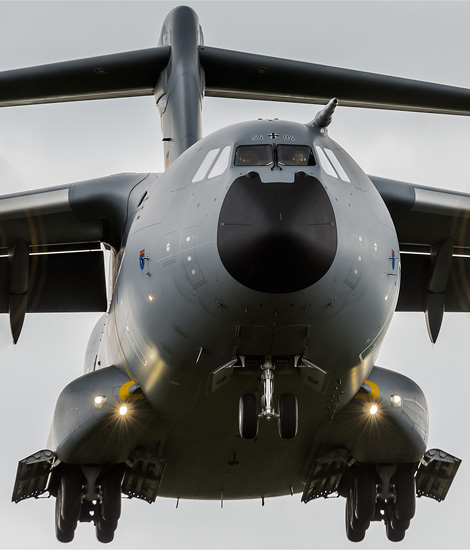
|
On Board of the E-3A Sentry; Geilenkirchen, June 30, 2017
35 Years NATO E-3A Component, part 2; Text and Photograph's by Alex van Noye
Since the introduction of the E-3A Component within the NATO, the role of the Sentry can no longer be ignored in the context of the European security. This role became more important than ever since the fall of the Berlin Wall. The roles which the crew of the Sentry fulfill are all crucial during a surveillance mission.
The crew of the E-3A Sentry is quit diverse. The crew working on a standard AWACS (Airborne Warning And Control System) system consists of 16 persons. Everyone on board has its own specific roles and tasks during a mission. The following persons usually have a role during a mission; 2x pilots, 1x navigator, 1x flight engineer, 1x tactical director, 1x fighter allocation officer, 2x weapons controllers, 1x passive controller, 1x surveillance controller, 3x surveillance operators, 1x communications technician, 1x radar technician and 1x system technician. The two pilots work on the flight deck in the cockpit of the aircraft. The Aircraft Commander (AC) is one of the pilots and is also the captain of the aircraft. The AC is responsible for the safety of the aircraft and the occupants. Both pilots are fully qualified to operate the aircraft. The pilots ensure that the 'hands-on' time is evenly distributed. The First Pilot (FP) is one of the pilots and sits next to the AC and is responsible for the radio communication and the monitoring of the radio navigation aids when he is not in control of the aircraft. The task of the Navigator (NN) is to ensure that the aircraft reaches and maintains its track position. This is often in a very busy airspace, which means that the room for errors in this task is minimal. The Flight Engineer (FE) is responsible for monitoring the engine power and monitoring the flight performance of the E-3A Sentry.
The Tactical Director (TD) is responsible for the general course of the mission as instructed by the NATO implementing authorities. Often this person is the oldest and most experienced member of the mission crew and is the only person on board to maintain direct contact with the operational authorities. In short, the TD is the head of the whole observation and combat leadership. The TD is in command of two different teams on board of the Sentry, these two teams are the Surveillance Team and the Weapons Team. The Surveillance Controller (SC) provides an optimal radar image and manages the digital data links; he is the head of the monitoring team. Under the
|
|
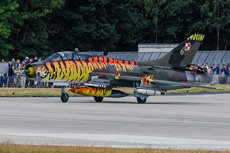
|
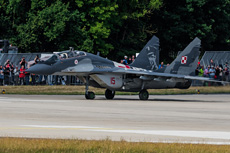
|
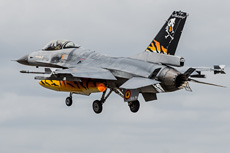
|
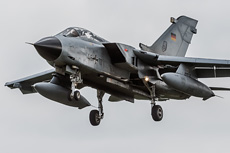
|
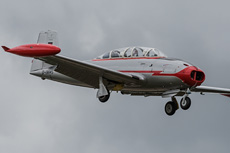
|
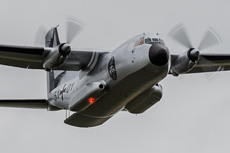
|
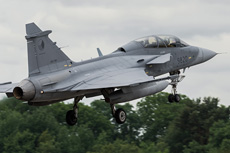
|
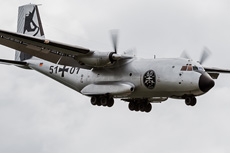
|
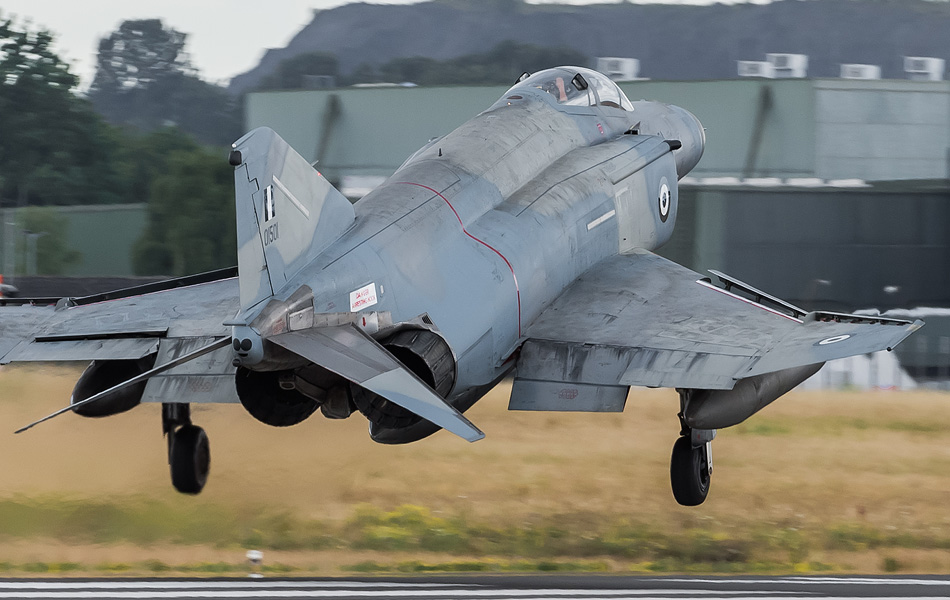
|
SC, three Surveillance Operators (SOs) and a Passive Controller (PC) work to help him compile the recognized air and surface image for transmission to the ground and other airborne units. The Data Link Manager is only on board of the E-3D and is responsible for the management of data links in accordance with the operational task. This person is also the deputy for the SC if necessary. The PC is responsible for improving the aerial image, ID procedures and self-protection of the E-3A Sentry through passive detection of transmitters and other platforms. The Weapons Team is led by the Fighter Allocator (FA). The FA is responsible for the safe behavior of all aircraft assigned to the E-3A during a mission. Its two Weapons Controllers (WCs) can manage a wide range of air missions. Some types of missions can be Offensive and Defensive Counter Air Operations using fighter planes and Close Air Support and Battlefield Air Interdiction with (fighter) bombers.
Because of the complexity of the systems on board, the E-3A has on-board technicians who take care of the basic maintenance of the highly advanced mission equipment. This means that one can check and maintain these systems during the flight. The Communications Technician (CT) initializes, manages and monitors the highly advanced communication equipment onboard of the Sentry. Onboard the E-3D, the CT works together with a Communications Operator. The System Technician (ST) initializes, uses and maintains the on-board computer systems which are the heart of the mission equipment. On board the E-3D this position is called the Display Technician (DT). The Radar Technician (RT) operates and maintains the mission radar. Without this radar, no mission would be possible, because this system is crucial for all operations on board. He maintains contacts with the SC and the ST to provide the best possible radar image for the surveillance and weapons teams on board. The tasks and dedication of the crew are shown in the emblem of the E-3A Component. The emblem of the E-3A component has the NATO star above the image of an E-3A Sentry and three lightning bolts from below. These elements are superimposed on an orange-yellow background with a part of a dark blue globe underneath. The NATO star symbolizes the multinational nature of the operational crew of the first international operational flying unit of NATO.
The overall mission of this diverse crew is to cover the entire spectrum of tactical command to control and support effect-based operations around the world at the direction of NATO commanders and authorities. The crew of the AWACS system has as its main task the Airborne Early Warning & Control role, where airspace supervision and early detection of airborne threats are observed. In addition, it can also be used in the Command & Control role. The Sentry has the command and control of military air units during operations and exercises. The Sentry is also used for escorting fighter planes during operations and exercises. In addition to the offensive roles, the Sentry can also be used to coordinate SAR tasks and rescue operations. Finally, the E-3A is used for the control and coordination of airspace of the present aircraft and in missile defense for control of ground-based airspace defense units and support for maritime operations at sea. The E-3A Sentry fleet of the NATO is one of the most modern of its kind. Since the establishment of the E-3A Component, various modernization programs have been implemented for upgrading communication, navigation and radar equipment. In addition, all control panels have been adapted in such a way that they now contain color screens. Fourteen E-3As undergwent various cockpit changes in the last two years. The most important aspect of this is the replacement of many analog instruments with a so-called glass cockpit. The navigation equipment is also adapted and improved to modern NATO standards.
|
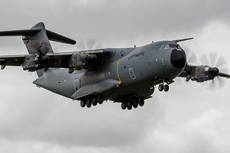
|
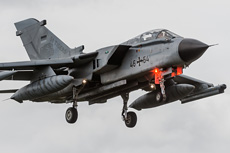
|
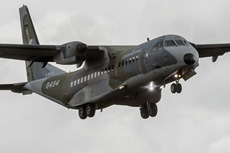
|
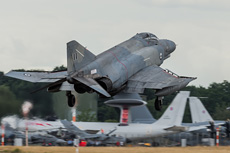
|
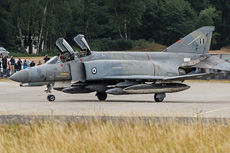
|
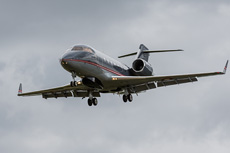
|
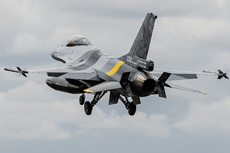
|
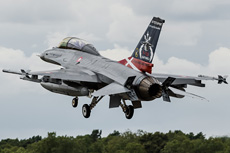
|
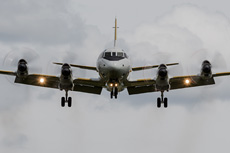
|
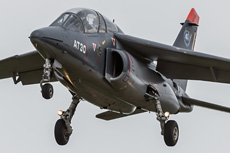
|
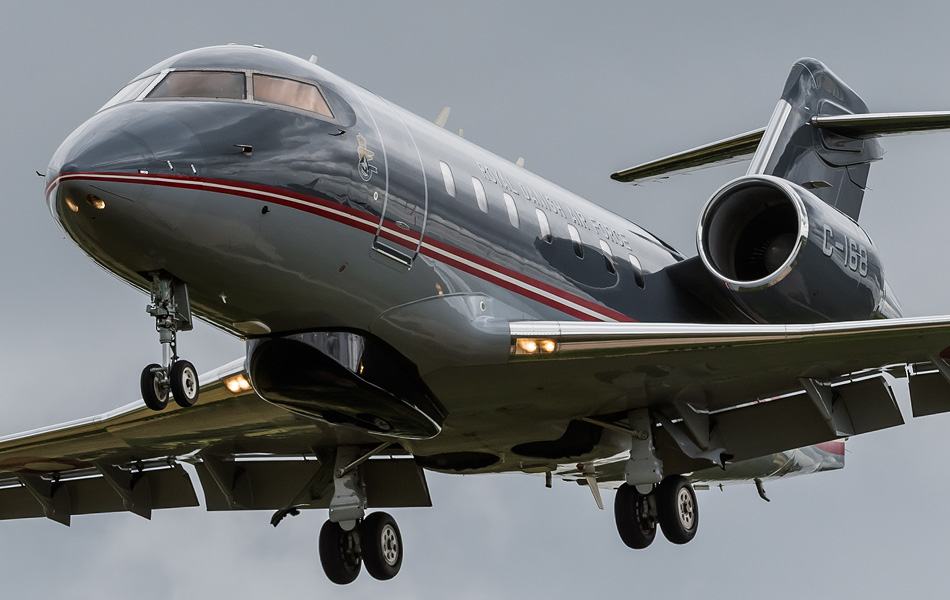
|
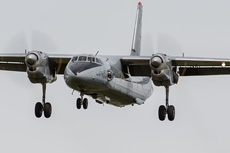
|
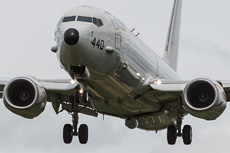
|
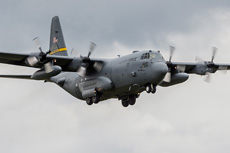
|
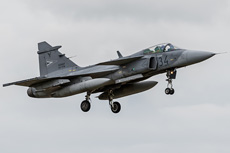
|
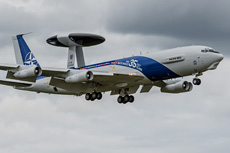
|
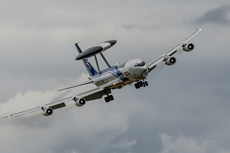
|
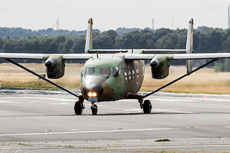
|
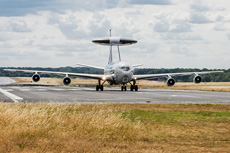
|
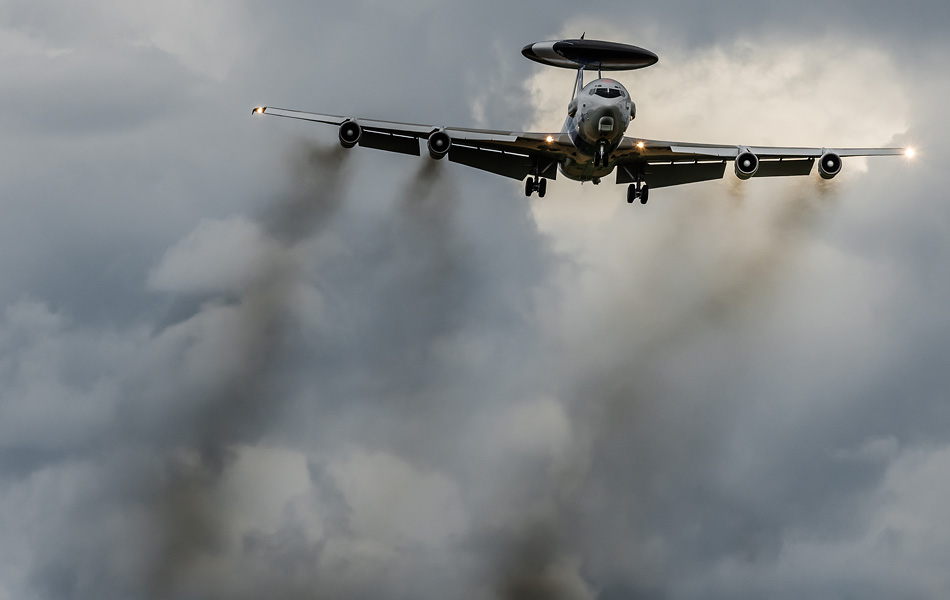
|
|
|

|







